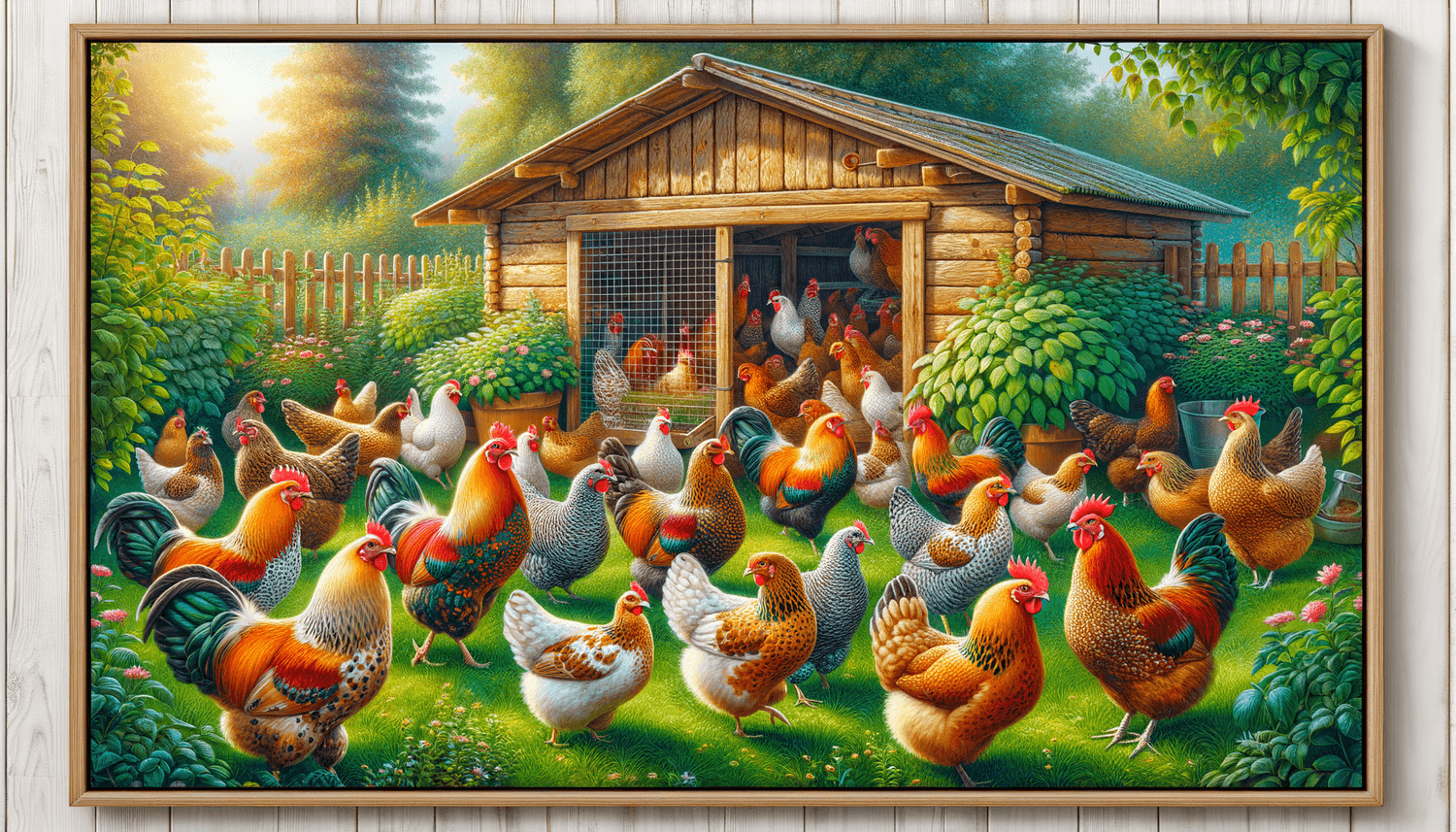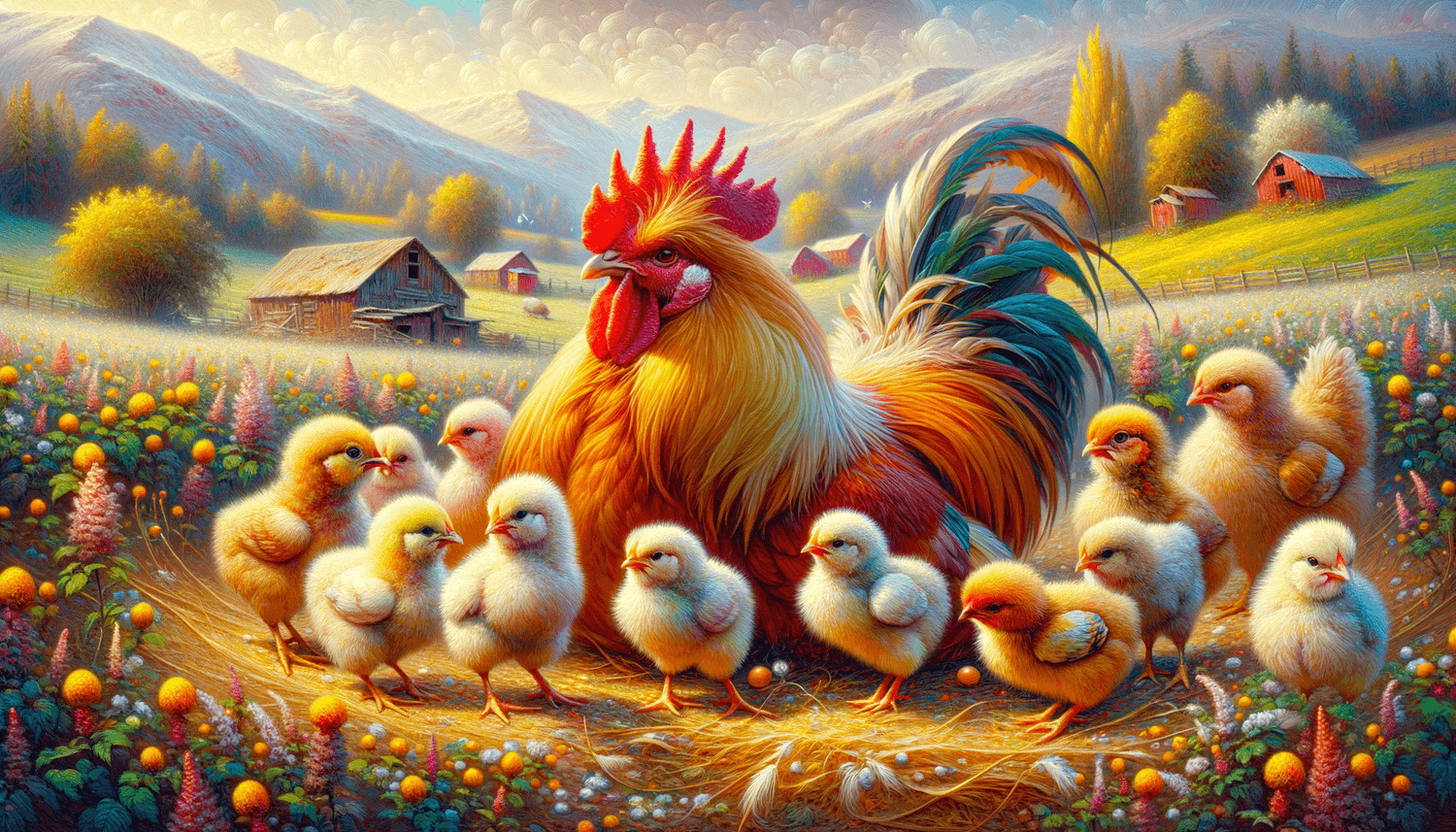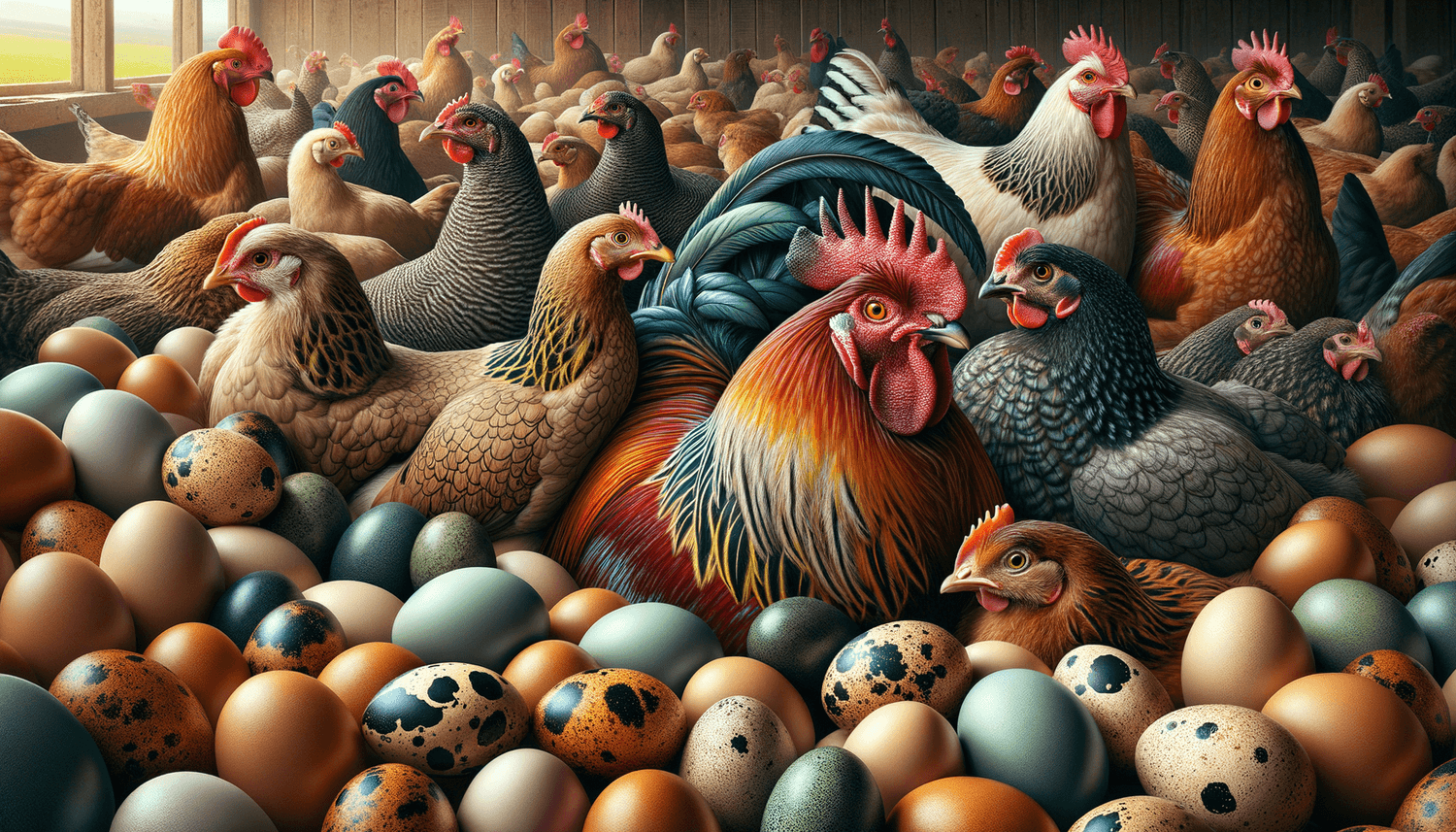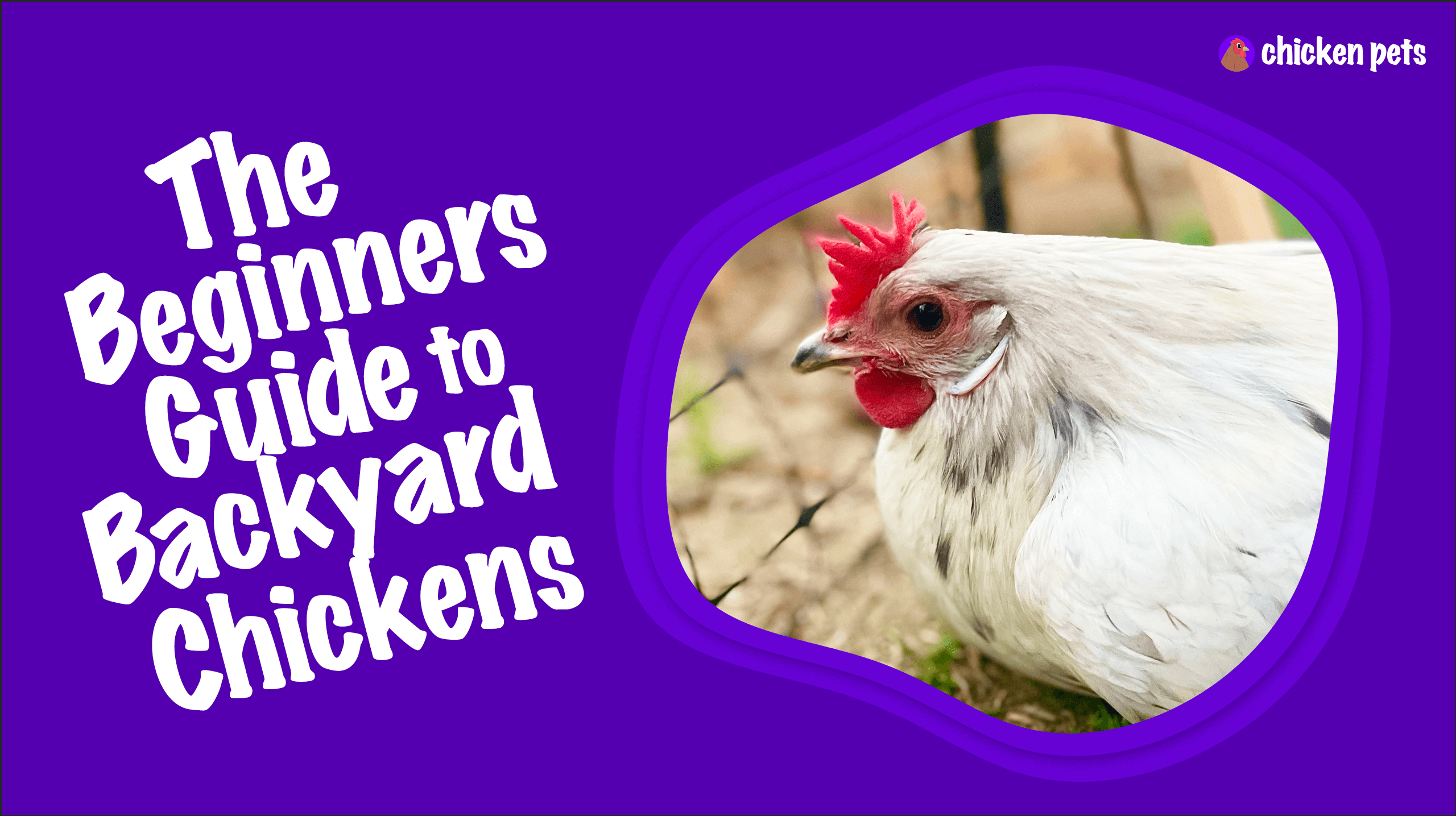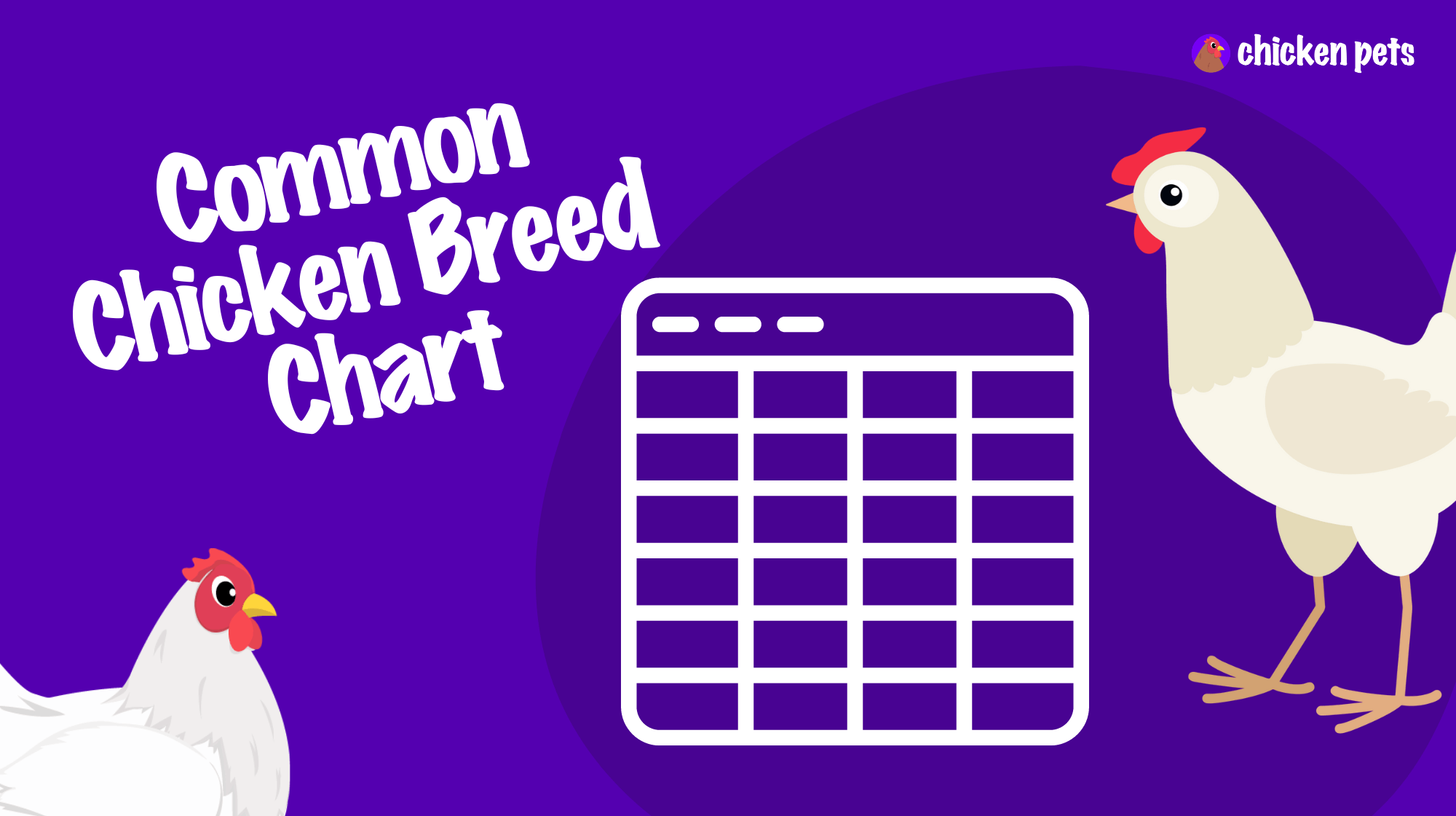Definition of Sex-Linked
Sex-Linked refers to a genetic trait or characteristic that is determined by a gene or genes located on the sex chromosomes, specifically differing between males and females. In the context of chickens or poultry, this term is commonly used to describe color or pattern differences that allow for easy visual identification of the sex of chicks at hatching, based on their plumage. This is a valuable trait for poultry breeders and farmers, as it allows for efficient planning and management related to egg production, breeding, and meat production.
Importance of Sex-Linked Traits for Backyard Chicken Owners
Understanding the concept of sex-linked traits is important for backyard chicken owners and enthusiasts, as it can provide several benefits that contribute to effective flock management. One of the most valuable aspects is the ability to differentiate between male and female chicks. This can be crucial in complying with local regulations, managing flock dynamics, and making informed decisions on raising specific breeds for various purposes, such as egg laying, meat production, or even exhibition.
Sex-linked traits can also be helpful when breeding for specific qualities or traits. For instance, some chicken keepers may want to create a genetically consistent line of females with strong egg production capabilities, while others may aim for superior meat production or a more visually attractive phenotype. By utilizing sex-linked traits, these goals become more attainable, and chicken owners can better customize their flock to suit their preferences and needs.
How Sex-Linked Traits Work in Chickens
Sex-linked traits in chickens involve genes located on the sex chromosomes, which are the Z and W chromosomes. In birds, including chickens, the sex chromosomes exhibit a system called ZW sex determination. Females have one Z and one W chromosome (ZW), while males have two Z chromosomes (ZZ). Consequently, sex-linked traits are associated with genes found on either the Z or W chromosome.
When it comes to chickens, the most common manifestation of sex-linked traits is color and pattern differences in the plumage of male and female chicks. As chicks inherit one sex chromosome from each parent, it is the combination of these chromosomes and the associated genes that govern their appearance. Some genes on the Z chromosome contribute to plumage color, and as males inherit two Z chromosomes, they may exhibit different colors or patterns than female chicks with ZW chromosomes.
This variation in color or pattern provides an opportunity for chicken keepers to easily identify the sex of their chicks at hatching. For instance, certain combinations of breeds can produce sex-linked chicks with clearly identifiable male and female appearances, which greatly simplifies flock management and breeding efforts.
Practical Application of Sex-Linked Information for Backyard Chicken Owners
Backyard chicken owners can use the knowledge of sex-linked traits to their advantage in various ways:
- Sex identification: Breeding sex-linked chickens can provide a clear visual indication of a chick’s sex, allowing chicken keepers to separate males and females early on. This can help prevent unwanted roosters in a laying flock and ensure compliance with local regulations.
- Efficient flock management: Identifying the sex of chicks early enables chicken owners to ensure proper care, housing, and feed specific to the needs of each sex. This can lead to healthier, more productive birds in the long run.
- Breeding programs: If a chicken owner aims to create a flock with specific traits, such as high egg production or appealing characteristics, sex-linked traits can simplify breeding. By selecting breeding pairs with desirable sex-linked traits, keepers can deliberately create offspring with the sought-after qualities.
- Selling chicks: Backyard chicken owners who breed and sell chicks will be able to more accurately identify the sex of the chicks, offering a valuable service to prospective buyers. Many buyers prefer purchasing sexed chicks to prevent the risk of getting an unexpected rooster.
Tips & Recommendations for Managing Sex-Linked Chickens
To optimize the benefits of raising and managing sex-linked chickens, it’s important to follow best practices related to breeding, flock management, and ongoing care. Here are some tips and recommendations for backyard chicken keepers:
- Research breed combinations: Not all breeds exhibit clear sex-linked traits. Before attempting to breed sex-linked chickens, research possible breed combinations that result in easily distinguishable male and female chicks. Certain crosses, such as Rhode Island Red roosters with Silver Laced Wyandotte hens, can produce sex-linked offspring, making identification easier.
- Observe genetics: When breeding for sex-linked traits, keep track of the parent birds’ genetic makeup to ensure optimal results. Maintaining accurate records of the birds used in breeding and their offspring helps you select the best birds for future breeding programs.
- Follow recommended guidelines: Keep updated with chicken breeding guidelines and consult reputable resources for accurate information on sex-linked traits. Online forums or local chicken breeding clubs can offer support and advice in navigating sex-linked genetics and breeding strategies.
- Provide proper care: Regardless of a chicken’s sex-linked traits, provide adequate housing, nutrition, and health care to promote a thriving flock. Ensuring chicks are cared for appropriately, with appropriate sanitation and protection from disease, is critical to their well-being and overall productivity, whether they are raised for egg-laying or meat purposes.
- Continue learning: The world of genetics and breeding is vast and constantly evolving. Stay informed about new findings and advancements in sex-linked traits and breeding techniques to continually improve your flock management and breeding strategies.
Additional Information on Sex-Linked Traits in Chickens
While the focus of this article is primarily on sex-linked color traits, it’s important to acknowledge that there are other genetic factors related to sex-linked traits in chickens. Here are some additional aspects to consider when dealing with sex-linked characteristics:
- Feather sexing: In some breeds, sex-linked traits manifest in feather development rather than color. Chick feather development varies by breed, making it possible to identify the sex of some chicks by comparing the length and structure of their wing feathers. However, this method is only reliable in specific breed combinations or lines that are known to exhibit feather sexing traits, such as commercial broiler strains.
- Other traits: While color and feather growth are the most common sex-linked traits in chickens, other factors can also be influenced. For example, instances of a sex-linked dwarf gene have been found in some chickens, leading to shorter stature in males compared to females.
- Understanding limitations: It’s important to recognize that sex-linked traits are not foolproof indicators of a bird’s sex. Some chicks might exhibit mixed or unusual traits due to unique gene combinations or atypical genetic events. Relying solely on sex-linked traits might sometimes result in incorrect identification, although the probability is typically low in distinct sex-linked breed combinations.
- Autosexing breeds: Autosexing breeds are specific chicken breeds developed to display distinct sex-linked traits that allow for easy and accurate sex determination at hatching. Examples of autosexing breeds include the Rhodebar, Legbar, and Sussex. If ease of sex identification at hatching is a priority, consider incorporating autosexing breeds into your flock.
Frequently Asked Questions about Sex-Linked Traits in Chickens
In this section, we’ll address some common questions related to sex-linked traits in chickens, providing practical information and guidance for backyard chicken keepers.
1. Can I sex any breed of chicken using sex-linked color traits?
Not all chicken breeds exhibit sex-linked color traits. Identifying sex through color traits is typically limited to specific breed combinations that have well-documented traits. Experimenting with different breed combinations and understanding their genetics can help you identify sex-linked traits in your flock.
2. Are sex-linked traits always accurate for determining the sex of a chick?
While sex-linked traits are generally reliable for determining the sex of a chick, some instances might result in incorrect identification. This can occur due to gene combinations or atypical genetic events that produce unusual traits. Nonetheless, the probability of incorrect identification is generally low in clear sex-linked breed combinations.
3. What is the difference between sex-linked traits and autosexing breeds?
Sex-linked traits can be seen in specific breed combinations and are used to identify the sex of chicks based on their color or other characteristics at hatching. Autosexing breeds, on the other hand, are chicken breeds specifically developed to display distinct sex-linked traits for easy sex determination at hatching, regardless of the breeding pair involved.
4. Can I use feather sexing in any breed of chicken?
Feather sexing is only reliable in specific breed combinations or lines that are known to exhibit sex-linked feather growth traits. Commercial broiler strains are an example of breeds where feather sexing could be more reliable than color traits. Relying on feather sexing without knowing a breed’s genetics might result in incorrect sex identification.
5. How does knowing about sex-linked traits benefit my chicken breeding program?
Understanding sex-linked traits can help you establish breeding pairs that produce chicks with easily identifiable sex-linked characteristics, resulting in more accurate sex determination. This can be crucial in maintaining proper flock management, selecting birds for specific purposes, and creating a genetically consistent line with desired traits.
6. If I breed two sex-linked chickens, will all of their offspring show sex-linked traits?
The presence of sex-linked traits in offspring depends on the combination of genetics involved. If both parent chickens contribute the necessary genes to manifest sex-linked traits in their offspring, it’s more likely that the chicks will exhibit these traits. However, it’s essential to be aware of the specific genetics involved when breeding sex-linked chickens.
7. How do I choose the appropriate breeds to create sex-linked chicks?
Research possible breed combinations that produce offspring with sex-linked traits. Some breed crosses, such as a Rhode Island Red rooster with a Silver Laced Wyandotte hen, can result in sex-linked chicks. Online forums, reference books, and local chicken breeders can be valuable resources for determining suitable breed combinations for your flock.


